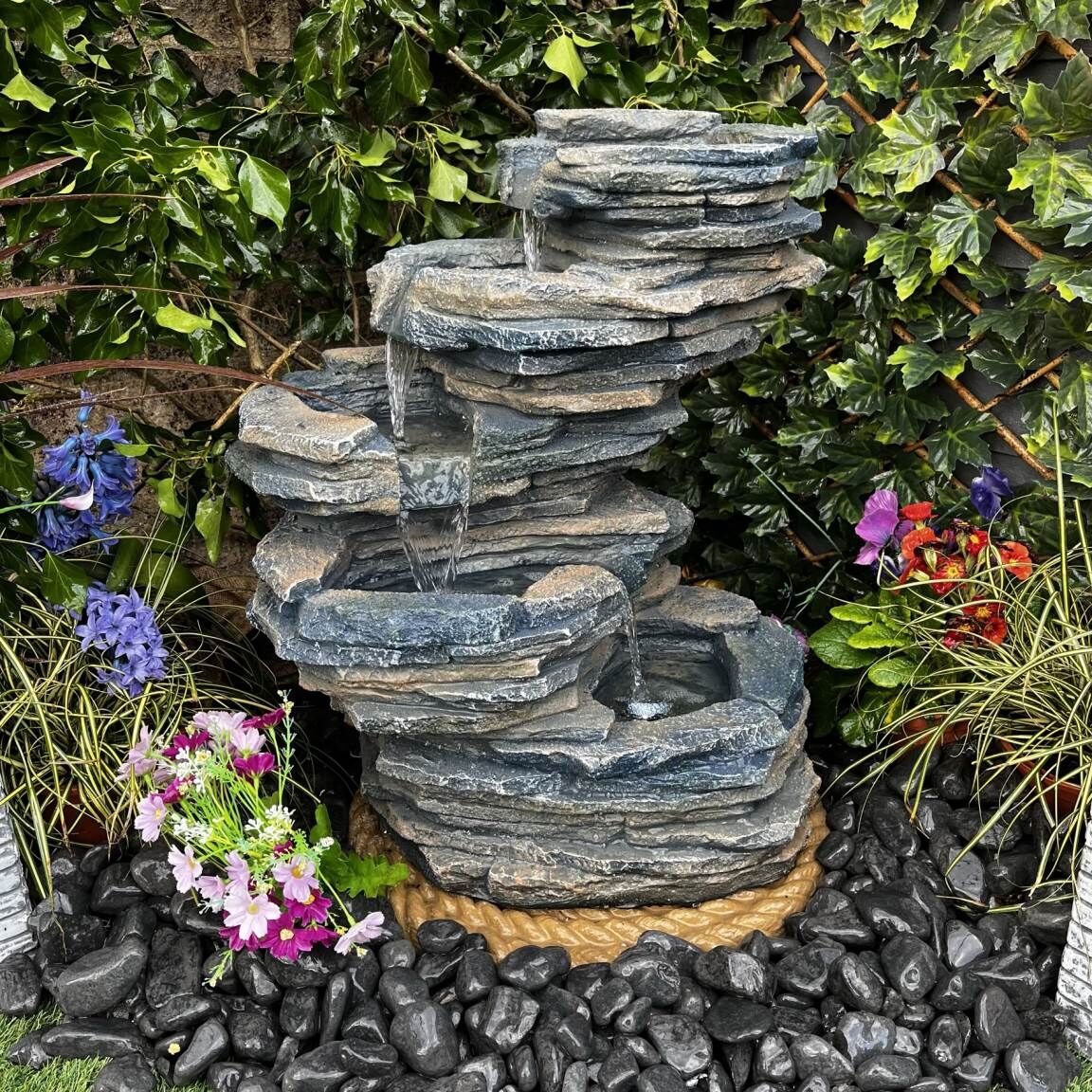
In the world of gardening and landscaping, water features—whether fountains, ponds, or waterfalls—can add a sense of tranquillity and beauty to your outdoor spaces. However, they also require regular care and maintenance to stay beautiful and healthy. One controversial aspect of this maintenance is whether or not to use chlorine in water features.
Table of Contents
Understanding Chlorine
To begin with, it is essential to understand what chlorine is and its role in water treatment. Chlorine is a chemical element that, when introduced to water, acts as a disinfectant by killing and inhibiting the growth of microorganisms like bacteria and algae. This function is why chlorine is often used in swimming pools to maintain cleanliness and prevent the spread of waterborne diseases.
Using Chlorine in Water Features
However, whether you should put chlorine in a water feature depends primarily on the specific nature and function of the water feature in question.
Chlorine in Decorative Water Features
If your water feature is purely decorative, such as a fountain or waterfall with no living organisms, using chlorine can be beneficial. It can help prevent the buildup of algae and bacteria, keeping the water clear and the water feature clean. This will minimize maintenance and improve the overall aesthetics of your water feature.
Chlorine in Biological Water Features
On the other hand, if your water feature is a habitat for aquatic life like fish or plants, like a pond or a water garden, using chlorine becomes more complicated. Chlorine, while useful for controlling harmful microorganisms, is also toxic to many forms of aquatic life. Therefore, introducing chlorine into a water feature that houses fish, amphibians, or certain types of water plants can have harmful or even lethal effects.
Alternatives to Chlorine
In such instances, it's advisable to consider alternative methods of maintaining water quality. This could include biological filtration systems, aeration devices, UV sterilizers, or introducing natural algae-eaters like certain species of fish or pond snails.
Conclusion
In conclusion, the question of whether to use chlorine in a water feature hinges on the feature's purpose and inhabitants. For purely decorative water features, chlorine can be a practical tool in maintaining cleanliness and clarity. However, for ecosystems housing aquatic life, safe alternatives for these organisms should be explored to maintain the health and harmony of your water feature. Always remember, maintaining the right balance is vital to preserving the beauty and longevity of your water feature.



